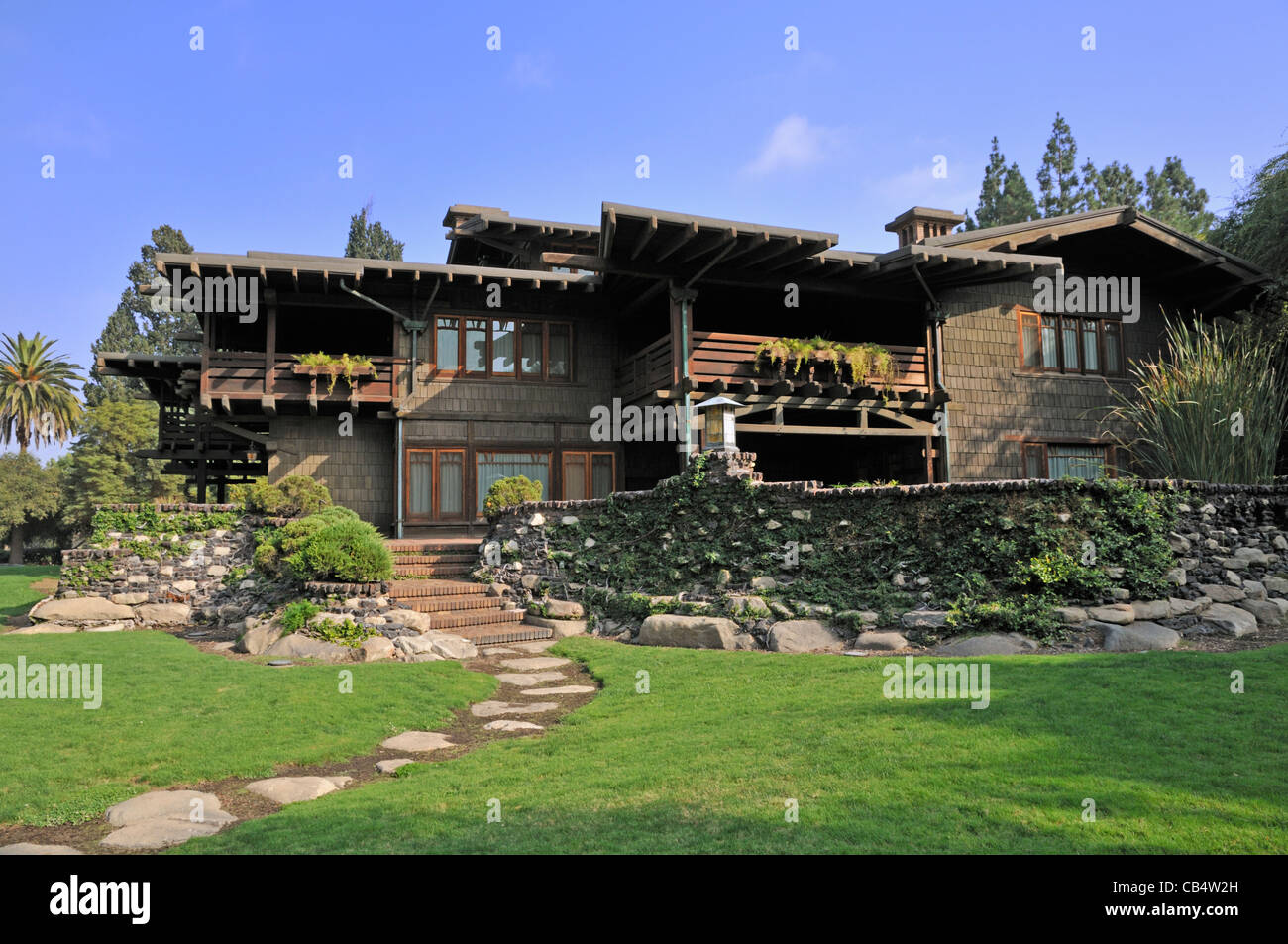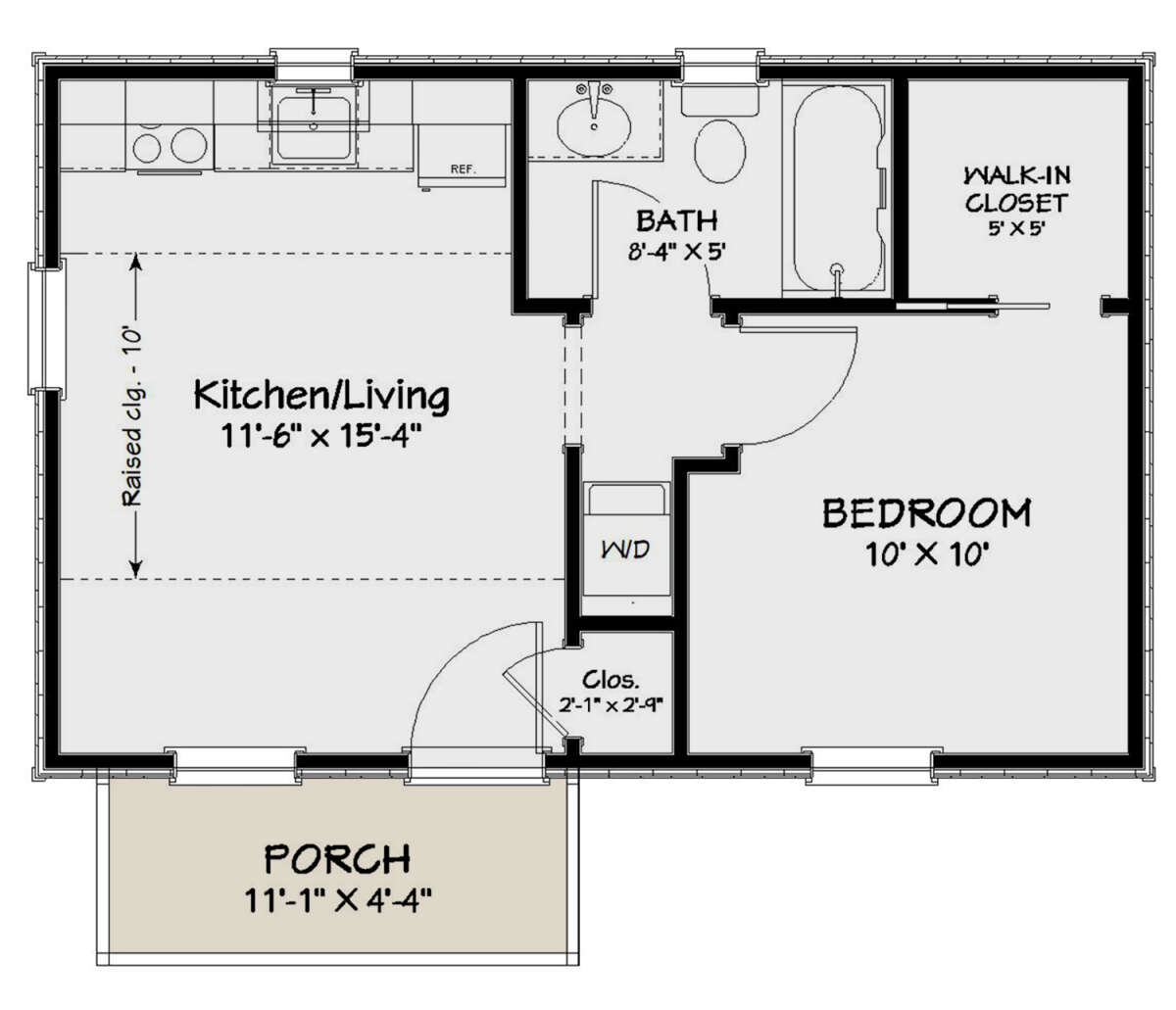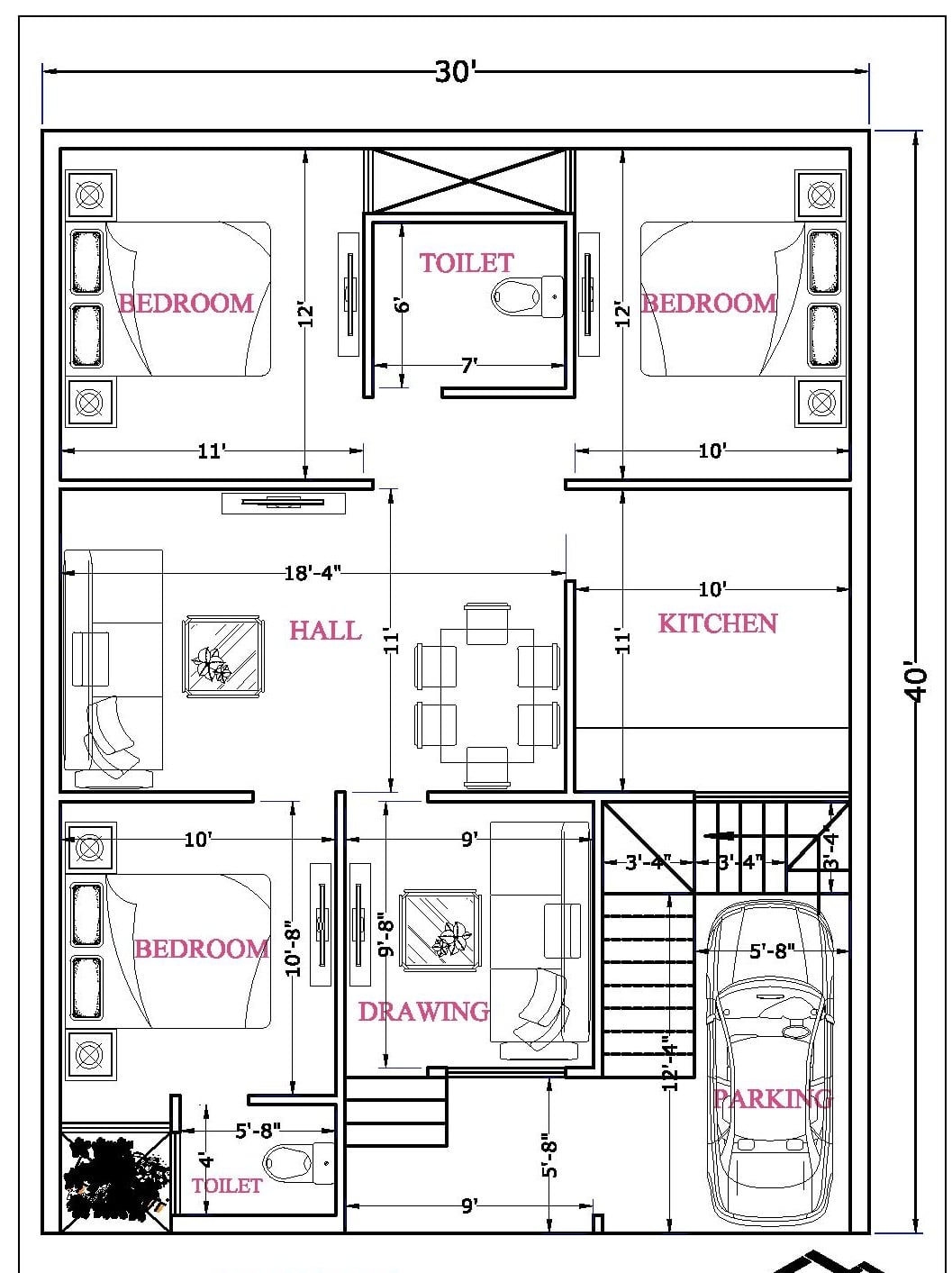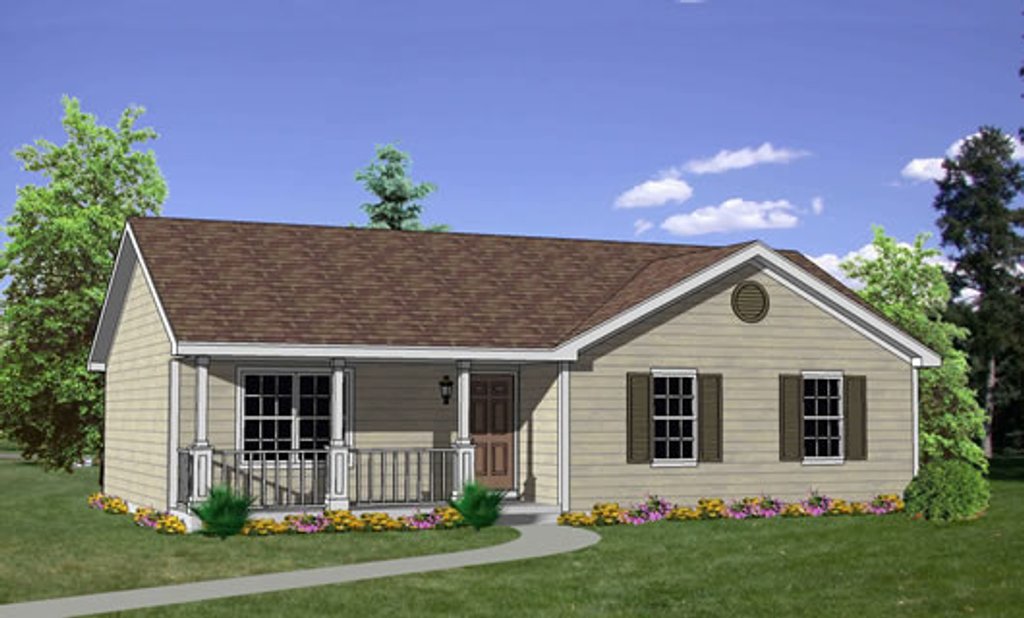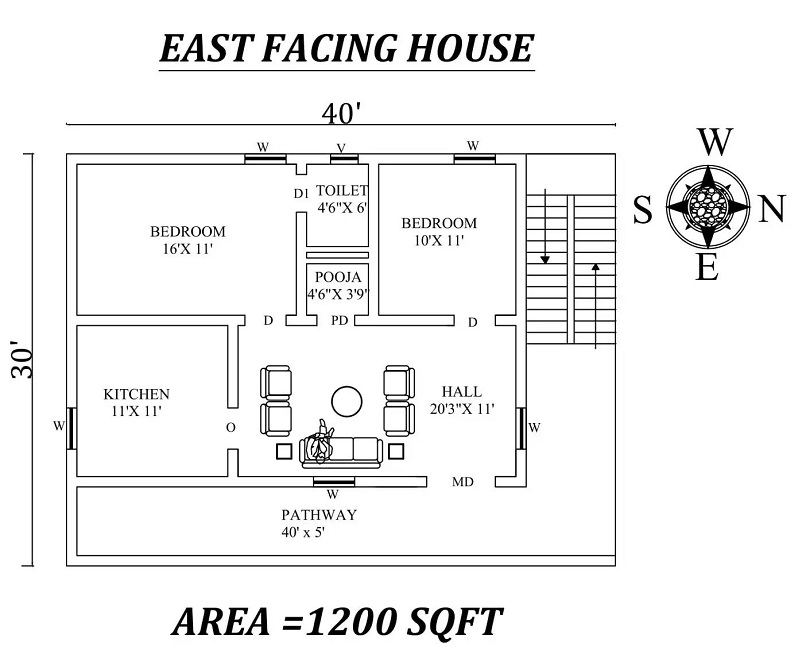Table Of Content

During these conversations, Ted mentioned that he was wanting to restore the linoleum in kitchen, but he was not totally sure about what was there in 1908. He said he had some old black and white images showing linoleum on the floor, but there was a question as to if it was original or not. The Gamble House, built in 1908 for David and Mary Gamble of the Procter and Gamble Company, is the most complete and original example of the work of architects Charles and Henry Greene. • Pursuing a mutually supportive relationship with the City of Pasadena in the interest of meeting our mission and adhering to the 1966 family gift agreement. David Gamble, who lived in the Gamble House, was one of the sons of James Gamble, who founded the company with William Procter in the 1830s.
Craftsman Design
House Republicans are making a gamble with a possible Jim Jordan speakership - CNN
House Republicans are making a gamble with a possible Jim Jordan speakership.
Posted: Tue, 17 Oct 2023 07:00:00 GMT [source]
The Gamble House represented an American-style which sat amidst an abundance of imitations and interpretations of classical European buildings, the influence for many mansions at the time. It was designed to be very suitable for the southern California climate, with a sleeping porch and beautiful transition spaces from the inside to outdoor patios, a garden and a pond. David and Mary Gamble lived in the house until they passed away in the 1920s. Mary's younger sister Julia, who had come to live with the Gambles shortly after the house was constructed, continued on living in the house until her death in 1944. After that, David and Mary's oldest son Cecil and his wife Louise lived in the house until 1966. They briefly considered selling the house, but pulled it off the market after prospective buyers talked of painting all the woodwork white to brighten up the interior.
Organic Architecture
The architects worked closely with the Gambles in the design of the house, incorporating specific design elements such as the family crest among its motifs. Drawings for the house were completed in February 1908, and ground was broken in March. Ten months later, the house was finished, the first pieces of custom furniture were delivered, and The Gamble House became home to David Gamble, his wife Mary, and their youngest son Clarence. (Their oldest son Cecil was already working for Procter & Gamble; their middle son Sidney had just started at Princeton University.) Mary’s younger sister, Julia, also came to live with the family.
The Gamble House: Materials and Design Elements
The living room was designed without any entry doors so that the room would be as open and inviting as possible. It also consisted of a spacious sitting room, which was decorated with five rugs that were designed by Charles Greene using watercolor. Across from the fireplace, there is a window that leads to the terrace, which overlooks the garden. The expansive window was designed to let light brighten the room during the late afternoon.
The three-story house was finished ten months later and the family was able to move in. The Gamble House is architecturally significant as the best example of builders Greene and Greene's work in the Los Angeles area. The architecture represents one of the best examples of the Arts and Crafts style and California Bungalow style of architecture.
Indigenous Japanese shapes appear throughout the house, in the contour of the dining room table, the cloud lift in the transom bar of each window, the recessed handles on drawers and the ebony frame of the master bedroom furniture. The layout of the house is pretty traditional; the main floor includes a living room and a dining room. The contractors that the Greenes hired used over seventeen different types of wood in the house, as well as custom-built furniture, giving the house an inner glow. These different woods provide a decorative contrast without the use of paint. Drawings, or blueprints, were finished by February of 1908, and construction began the next month.
Professor Sarah Gamble's Work Leads to Policy Change in Austin, Texas – School of Architecture - UF College of Design, Construction and Planning
Professor Sarah Gamble's Work Leads to Policy Change in Austin, Texas – School of Architecture.
Posted: Tue, 07 Nov 2023 08:00:00 GMT [source]
The Gamble house incorporates Craftsman design in combination with deep Japanese influence. It is one of America’s most stunning house museums, and is a treasure to all who experience it’s beauty. Currently owned by the City of Pasadena and operated by the University of Southern California, the Gamble House is open to the public for tours. "An architect is a builder employing the process of art," Charles Greene once wrote. This is proven to be their governing belief, not only in the final product but also throughout the process. The brothers were known to veer from the initial blueprints, showing that they were enthralled with transition and process, the blueprints as a point of departure rather than a set of instructions.

Karla was then connected with the Executive Director, Ted Bosely, and other Gamble House staff, to start the conversation about the icebox. During her tour, she mentioned that the icebox in the cold room was too small for the house. Nancy asked if that if anyone came across a larger icebox to please contact the Gamble House and let them know.
Materials and Tags
At night, the glow of the lanterns bounces off the surrounding lily ponds and quiet pools that adorn the landscaping creating a tranquil and serene environment. Driving around Pasadena, with its idyllic tree-lined streets and clusters of historic craftsman homes, it’s hard not to... Pasadena, with its deep roots in history, culture, architecture and science is home to several museums and educational... Gamble House tours (one-hour tours, specialty and group) are offered on Tuesdays, and Thursdays through Sundays.
Similarly, the home’s Japanese metal lanterns, which differ from traditional designs, are adorned with art glass. The interior of the Gamble House is paneled lavishly in exotic hardwoods—Burmese teak in the entry hall and living room and Honduras mahogany in the dining room. Built-in cabinetry and myriad other features betray meticulous attention to detail, both functional and aesthetic, with due appreciation for and a deep understanding of materials and their appropriate uses. Studying together, the Greenes had three years of polytechnic instruction at the Manual Training School of Washington University in St. Louis prior to their formal architectural training at MIT from 1888 to 1891. H. Richardson in Boston before heading out to California to visit their parents in 1893. The drawings of the house were completed in February of 1908, the site ground-broken in March, and ten months later the house was completed and the first custom-built piece of furniture delivered.
The teak panels aren't screwed into the wall; the builders used a technique called a scarf joint, which wedged the panels together. Some of the panels, if not screwed into the walls, are actually hidden doors. One panel in the front hallway opens up, which allowed servants to enter and leave the downstairs kitchen.
The woods, the low and horizontal room shapes, and the natural light that filters through the art glass exterior windows coexist with a relatively traditional plan, in which most rooms are regularly shaped and organized around a central hall. Although the house is not as spatially adventurous as the contemporary works of Frank Lloyd Wright, or even of the earlier New England "Shingle style," its mood is casual and its symmetries tend to be localized. Craftsman architecture features many hard-carved wood millwork details, including trims, columns, and decorative elements.
If his last name sounds familiar, it is because his family was connected to the Proctor and Gamble Company. The Gambles lived most of the year in Cincinnati, Ohio, and their love of the outdoors motivated them to commission and build this home in an attempt to get out of Ohio during the cold winter months. The Gambles had visited Pasadena many times prior to commissioning the home, and they often stayed in the luxury hotels that surrounded the area. They purchased the lot on Westmoreland Place in 1908, where the Gamble House would be constructed. This was not the most popular place in town to build during the period, and the Gambles chose it specifically instead of the much more posh neighborhood of South Orange Grove, which was referred to in town as Millionaires' Row.
It wasn’t until 1948 (over two decades since they closed their architecture firm) that they received recognition from the Pasadena Chapter of the American Institute of Architects. In 1952, they earned praise from the national AIA level for creating a “new and native architecture.” The two brothers died in the late 1950s. The Gamble House is one of the finest surviving examples Greene and Greene designs because it is so intact. Yet, at its core, the Gamble House is a “Western” home, explained Jennifer Trotoux, director of collections and interpretation at the Gamble House.




